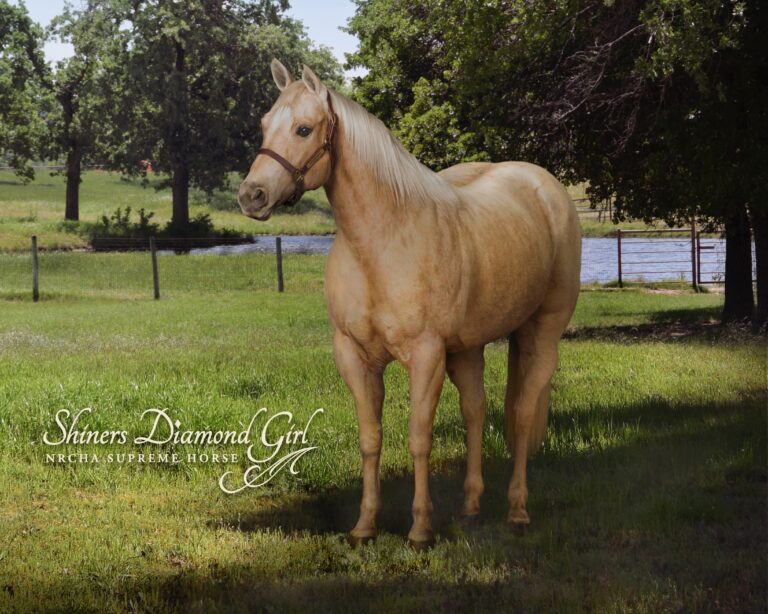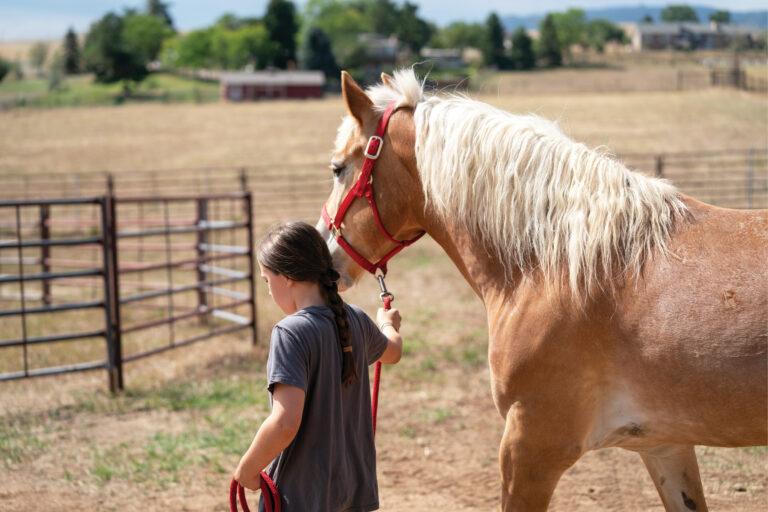Exercise and fitness are a great way to improve your balance, strength, and flexibility, all of which will improve your riding. If you’re returning to exercise, start slowly.
When it comes to getting back into a workout routine after some time off, it’s incredibly important to take your time and start slow, especially after time off due to injury.
Oftentimes, people get excited to get back into the groove of exercising, which is good! However, most people tend to go overboard in their excitement, causing extreme muscle pain and fatigue which then winds up hindering them even more in the long run, as they are unable to maintain their routine. Starting too hot out of the gate can cause the inability to exercise consistently due to needing extended recovery time. This can also increase the risk of injury, hindering both future exercise and riding time.
Treat yourself the same as you treat your horses after they’ve sat for a long period of time. Create a progressive game plan to account for a slow and steady increase in intensity as you gain strength, stamina, mobility, and flexibility. It’s important to make this game plan realistic to your lifestyle and your daily/weekly schedules so you can sustainably execute it.
Allow for active rest days (walking, stretching, yoga) within this plan as rest days provide our muscles the necessary recovery time to reduce soreness and fatigue, and promote increased strength over time.
There’s a saying I love to utilize in horsemanship, colt-starting, and fitness alike, “Take the time it takes, so it takes less time.”

Slow and Steady
I personally have had to implement the process of slow and steady post-injury a couple different times. Most recently was rehabbing a partially torn MCL. While I prefer heavy lifting, I had to back off of utilizing dynamic movements and lifts and focus on static strength. In rehabbing ligaments such as the MCL, static holds are the best way to heal them. This was a complete 180 from what I was doing exercise-wise, but it wound up not only healing my MCL it also improved my balance and mind to muscle connection. By slowing down and taking the necessary time to heal this injury, I improved my feel horseback, as I had better overall body control from the exercises I had switched to.
I have also had to rehab a low back injury, and similar to the MCL injury, slowing down and focusing on low impact exercises improved my entire corset which improved my posture and upper body control through fast past maneuvers in the saddle. Corset is a term I use in place of core with all my clientele. This is because our trunk strength and the muscles involved, work as a complete corset around our entire midsection, including the muscles of our lower back. (Think of how you cinch your horse up and the importance of saddle fit, because its “cinching” or tightening around the entire heart girth, not just the bottom of the belly).
Stay Limber
Stretching is a crucial part of staying fit, as a flexible muscle is a healthy muscle. Stretching allows our muscles to maintain a health ROM (range of motion) through our exercises, riding & even more so, our day-to-day tasks as horse owners. It’s important to stretch once you’re warm.
Think of your muscles as taffy. What happens when you stretch cold taffy? It snaps. What happens when you stretch warm taffy? It flexes and relaxes. Our muscles are very similar in that it’s important for them to be warm to gain maximum benefit. Strong muscles are great, but strong AND flexible muscles should always be our main goal.
Stretching promotes good blood flow through the muscles, decreases risk of injury, and improves overall performance during physical activities. It’s a great active rest day activity to keep your mind on improving your health and maintain discipline while working on specific fitness goals. When you’re returning to exercise, incorporate stretching!
Frequency
The frequency of exercise when getting back into a routine depends on each individual, their situation, and injury history. That being said, starting out with 2-3 days of low impact strength training or physical therapy, with active rest days (walking, stretching, yoga) placed in between is sufficient for allowing muscles to gain strength and progress without too much sedentary time between sessions.
One of the most important things a person can do is listen to their body. It’s always talking. If you notice you’re struggling to combat DOMS (delayed onset muscle soreness), you may need to reduce the frequency or intensity until you can recover well enough in between sessions to maintain the intensity you’re training at.
There will be times that you exercise while sore, but you should be able to improve the soreness as your body warms up. It should not be a complete struggle to complete the exercises. If you feel like you are no longer challenged, are never sore (remember, intensity of soreness does NOT equate to the success, or lack thereof, of a workout. Consistency > Intensity) and barely get your heart rate up, it is a good indicator that it’s time to increase the intensity of your workouts.
Stay Ahead of Soreness
One of the greatest challenges most riders working on their fitness level have, is finding a balance between soreness from working out and not hindering riding ability.
When you return to exercise, I recommend scheduling out your workouts and riding together to allow for a day of potential soreness. If you ride every day, I highly recommend finding a workout intensity that challenges you but doesn’t create extreme soreness (again consistency > intensity).
Pre-ride stretching can also help negate soreness and tightness prior to riding and warms you up before you swing a leg over your horse. Post-ride stretching also helps keep your already very warm muscles supple and can release any tightness created from your time in the saddle. Stretching offers many benefits, including:
- Increased range of motion.
- Increased body control/spatial awareness.
- Decreased stress/Improved mental health.
- Great for all levels; beginners to advanced.
Mindset
When you’re coming back from an injury, you might be anxious to jump in and see results. However, pushing yourself harder than you’re ready for, can result in disappointment or worse, another injury. Work slow and steady and give yourself grace. Returning to exercise after time off should be a slow and steady process. Remember that you are working on developing habits that will last a lifetime, so try to broaden your timeline, and know you’ll be back in the saddle in no time.






